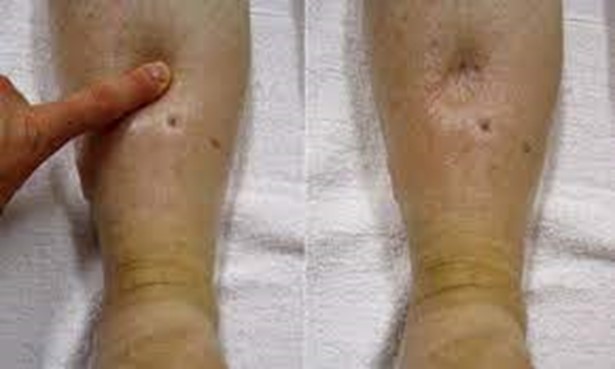A nurse in a long-term care facility is collecting admission data from a client who uses a hearing aid. Which of the following actions should the nurse take?
Sit beside the client.
Speak slowly and loudly to the client.
Dim the lights in the client's room.
Choose a private room for the interview.
The Correct Answer is D
The correct answer is choice D: Choose a private room for the interview.
Choice D rationale:
Opting for a private room for the interview is essential when interacting with a client who uses a hearing aid. This choice helps minimize background noise and distractions, ensuring effective communication between the nurse and the client. Adequate lighting and minimizing auditory interference are crucial for clients with hearing difficulties.
Choice A rationale:
Sitting beside the client is a considerate approach, but it may not directly address the hearing aid user's needs. The focus should be on creating an optimal environment for communication, which includes minimizing auditory and visual obstacles.
Choice B rationale:
Speaking slowly and loudly to the client is not the most appropriate approach. While speaking clearly and facing the client is recommended, speaking loudly may distort sounds and hinder understanding for clients with hearing aids.
Choice C rationale:
Dimming the lights in the client's room is not necessary for addressing the needs of a client with a hearing aid. Adequate lighting is important for lip-reading and effective communication, especially for clients who rely on visual cues.
Nursing Test Bank
Naxlex Comprehensive Predictor Exams
Related Questions
Correct Answer is C
Explanation
The correct answer is Choice C: 3+ pitting edema.
Choice A rationale:
1+ pitting edema refers to mild pitting edema. It is characterized by a slight indentation that disappears rapidly. A measurement of 6 mm edema is beyond the scope of 1+ pitting edema.
Choice B rationale:
2+ pitting edema indicates moderate pitting edema. It is characterized by a deeper indentation that takes a few seconds to rebound. While 6 mm edema might be associated with 2+ pitting edema, it is not the most accurate description.
Choice C rationale:
3+ pitting edema signifies moderately severe pitting edema. It is characterized by a noticeable indentation that remains for a short duration. A measurement of 6 mm edema aligns with 3+ pitting edema, making it the correct choice.

Choice D rationale:
4+ pitting edema represents severe pitting edema. It is characterized by a deep indentation that persists for a significant amount of time. 6 mm edema is not typically associated with 4+ pitting edema.
Correct Answer is B
Explanation
The correct answer is choice B: A client who has measles.
Choice A rationale:
Airborne precautions are indicated for diseases that spread via small particles suspended in the air, such as droplets or dust particles that remain in the air for prolonged periods. Pneumonia is primarily spread through larger respiratory droplets and is not considered an airborne disease. Therefore, airborne precautions are not necessary for a client with pneumonia.
Choice B rationale:
Measles is a highly contagious airborne disease caused by the measles virus. It is transmitted through respiratory droplets and can remain in the air for an extended period. Initiating airborne precautions, such as wearing an N95 respirator mask and placing the client in a negative pressure isolation room, is crucial to prevent the spread of measles to healthcare workers and other patients.
Choice C rationale:
Pertussis (whooping cough) is primarily spread through respiratory droplets, similar to pneumonia. While it is a serious bacterial infection, it is not classified as an airborne disease. Thus, airborne precautions are not required for a client with pertussis.
Choice D rationale:
Methicillin-resistant Staphylococcus aureus (MRSA) is mainly spread through direct contact with contaminated surfaces or individuals. Airborne precautions are not necessary for MRSA, as it is not transmitted through the air. Standard precautions, including wearing gloves and gowns, are typically sufficient when caring for a client with MRSA.
Whether you are a student looking to ace your exams or a practicing nurse seeking to enhance your expertise , our nursing education contents will empower you with the confidence and competence to make a difference in the lives of patients and become a respected leader in the healthcare field.
Visit Naxlex, invest in your future and unlock endless possibilities with our unparalleled nursing education contents today
Report Wrong Answer on the Current Question
Do you disagree with the answer? If yes, what is your expected answer? Explain.
Kindly be descriptive with the issue you are facing.
